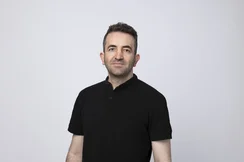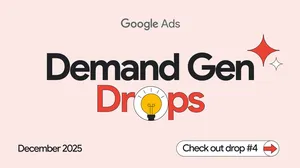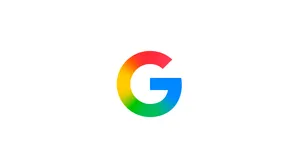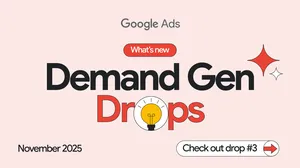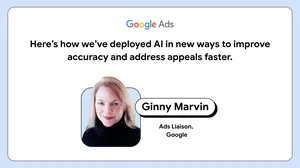A new way to control and optimize frequency on YouTube

Achieving the right video ad frequency for both viewers and advertisers has always been a juggling act.
That challenge has only increased as linear TV viewership in the US has dropped from 100 million households in 2014 to a forecast of just 44 million by 2025. As reach declines, the number of times the audience sees an ad on TV is increasing. Seeing the same ad repeatedly can be a frustrating experience for viewers and proves wasteful for advertisers. On average, TV advertisers’ return on investment (ROI) decreased by 41% when frequency exceeded 6+ weekly impressions — which represents 46% of TV impressions served, according to a MMM meta analysis commissioned with Nielsen 1 .
Almost half of the linear TV impressions in our study were considered waste but the same study from Nielsen shows that brands can increase their average weekly frequency from one to three on YouTube with a consistent ROI 2 . This is a huge opportunity for marketers to maximize their impact across the same set of people they are already reaching today.
At YouTube, we are helping advertisers deliver a better advertising experience for viewers without any compromise in ROI. Based on this commitment, earlier this year we announced our frequency management solution on Display and Video 360 that allows marketers to manage the number of times people see their ads across YouTube and third-party networks. We’re now taking that a step further to revolutionize reach and frequency-buying on YouTube.
To help marketers harness this impact, we’re announcing the launch of Target frequency globally for YouTube campaigns. This will help advertisers optimize towards more precise reach and frequency, while ensuring that we continue to provide a suitable advertising experience for viewers. Target frequency allows advertisers to select a frequency goal of up to four per week and our systems will optimize towards maximum unique reach at that desired frequency.
We recently partnered with Triscuit to see how the brand can drive incremental impact to its reach campaigns with a frequency target. Triscuit's goal was to ensure that the brand stays top-of-mind with the consumer. The brand set up a Video experiment to determine the incremental ad recall that a weekly frequency of two could deliver. The Target frequency campaign achieved a 93% higher absolute ad recall lift compared to the non-frequency optimized campaign, at a 40% cheaper cost per lifted user.
We're committed to improving the advertising experience for brands and viewers
Now advertisers can select the frequency target and our systems will optimize towards maximum unique reach at the frequency goal. With our built-in capping, campaigns deliver within a tight distribution range so viewers don’t see the ads too many times. In fact, over 95% of Target frequency campaigns on YouTube successfully achieved their frequency goals when set up following recommended best practices.
3
Not only do the campaigns deliver on their target frequency, but they drive brand impact as well.
To start using a frequency optimized campaign, create a new video reach campaign with the Target frequency goal and select the desired weekly frequency.

